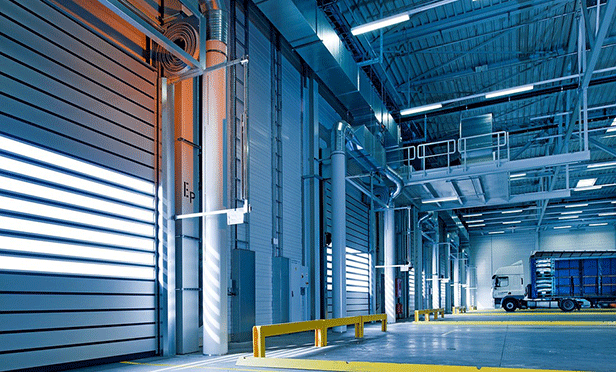[IMGCAP(1)]
IRVINE, CA—RealtyTrac reports that 26,947 single-family homes were flipped nationwide in the third quarter of this year, representing 4% of US single-family home sales, down from 4.6% in the second quarter and down from 5.6% in the third quarter of 2013 to the lowest level since the second quarter of 2009. Flipping is defined as a situation whereby a home is purchased and subsequently sold again within 12 months.
Despite the decrease in home flips, profits from flipping are rising, according to RealtyTrac. Investors averaged a gross profit of $75,990 per flip on homes flipped in the third quarter, a 36% gross return on the initial investment—not including rehab costs and other expenses. The average gross return was up from 35% in the second quarter but down from 37% a year ago.
In addition, the report shows that San Francisco, San Jose, Los Angeles, New York and Seattle posted the highest gross profits per flip, and that the share of flips increased in Louisville, KY; Kansas City; Boston; New Orleans; and Indianapolis.
According to Daren Blomquist, VP of RealtyTrac, “Flipping returned to its historic norm of 4% in the third quarter as home-price appreciation cooled in many of the hot flipping markets across the country. Meanwhile, the record-high average profits per flip in the quarter demonstrate that flippers are still filling an important niche in an aging housing market with historically low levels of new homes being built. The most successful flippers are buying older, outdated homes in established neighborhoods and rehabbing them extensively to appeal to modern tastes.”
Blomquist added that the markets with an increase in flipping tend to be those with older, distressed inventory still available that flippers can often buy at a discount and add value to. Those discounted distressed properties have become harder to find, but a recent jump in scheduled foreclosure auctions could provide more fodder for flippers in the next three to six months.”
GlobeSt.com asked Blomquist what impact apartment construction has on the flipping market and whether flippers are less likely to buy and sell because of the competition from newer stock (albeit multifamily rentals) or more likely because it means the overall residential market is picking up. He responds, “Increased apartment construction doesn't directly impact flippers since flippers are primarily going after owner-occupant buyers and the multifamily builders are primarily going after renters, but it does demonstrate the paradigm shift in housing that could be bad for flippers: lower homeownership rates and more renters. Given this shift, smart real estate investors will probably shift their investing strategy away from flipping and more toward buy-and-hold rental properties.”
As GlobeSt.com reported in September, in the best US markets for flipping homes, properties were purchased at double-digit discounts below market value, according to a report from RealtyTrac. The firm found that in the second quarter, on average flippers bought properties for an 8% discount below their estimated market value and resold them at an average 6% premium above their estimated market value.
[IMGCAP(2)]
[IMGCAP(3)]
[IMGCAP(4)]
[IMGCAP(5)]
© 2025 ALM Global, LLC, All Rights Reserved. Request academic re-use from www.copyright.com. All other uses, submit a request to asset-and-logo-licensing@alm.com. For more information visit Asset & Logo Licensing.



